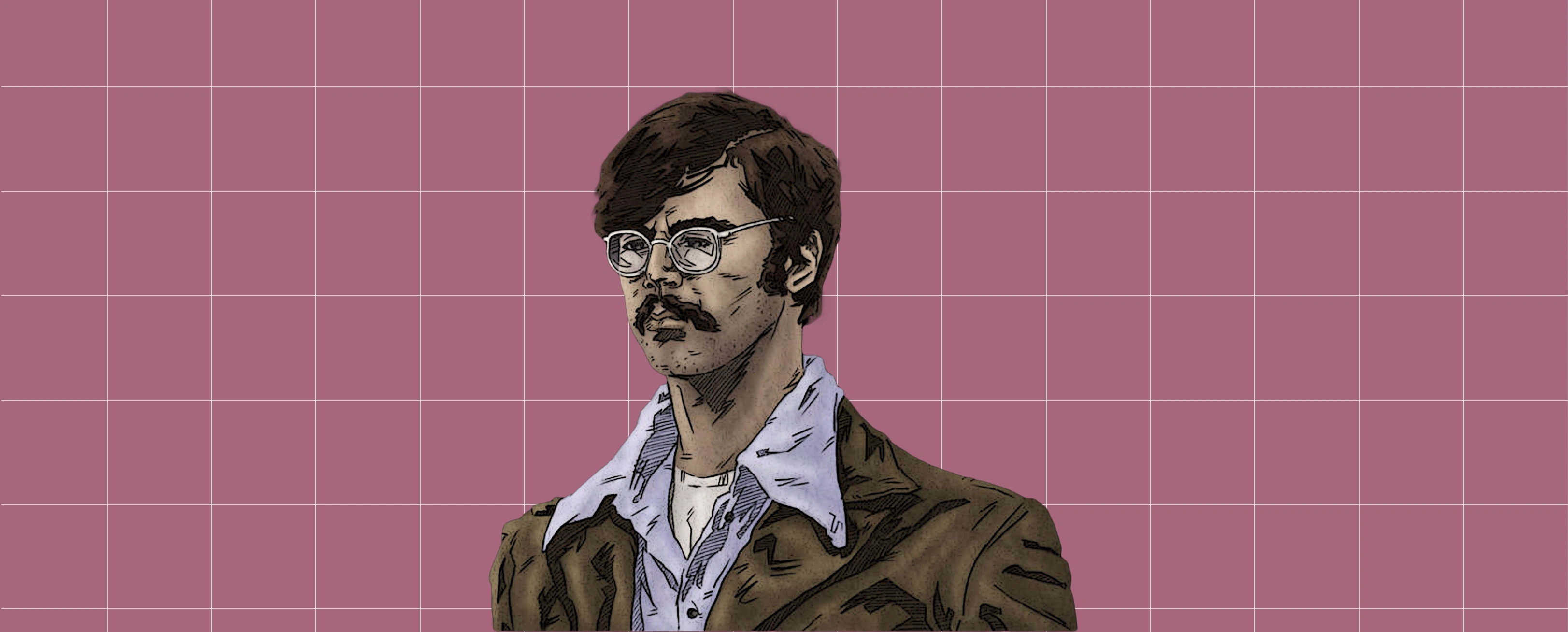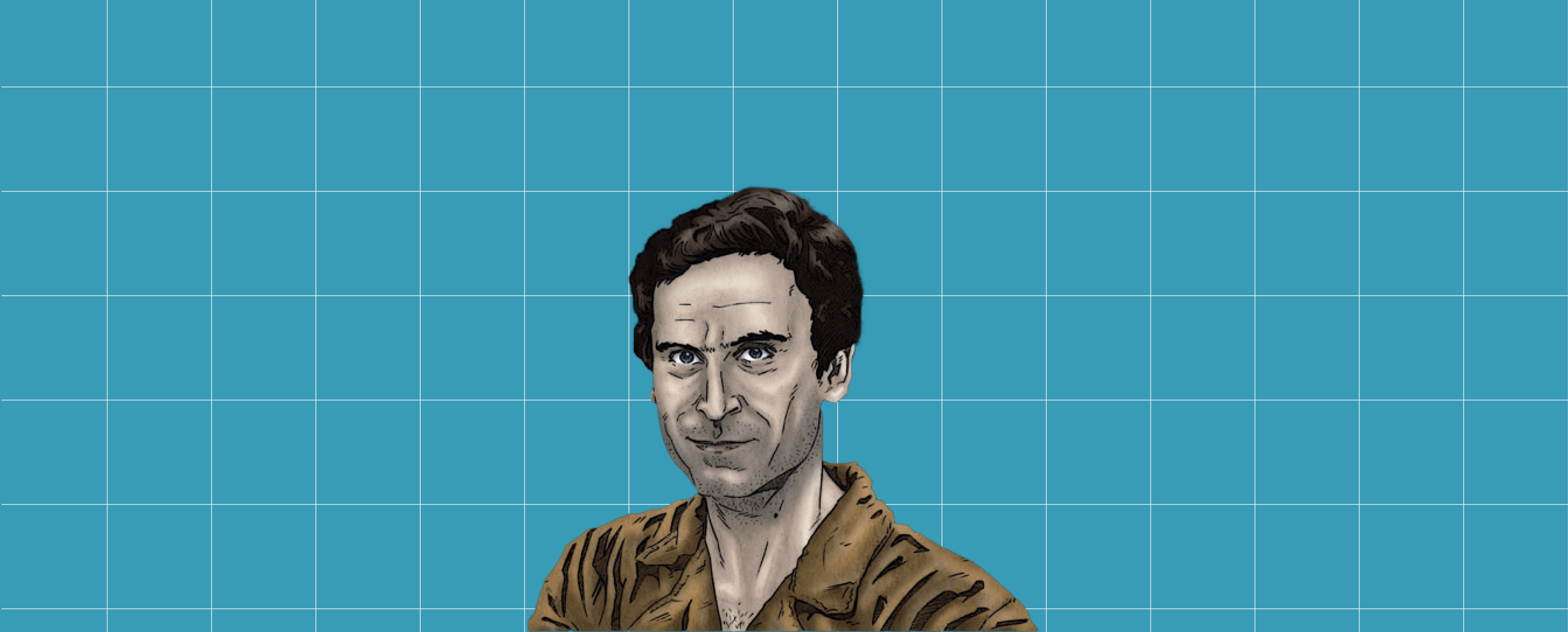
Ask anyone to name a serial killer, and there’s a good chance they’ll say Ted Bundy. He’s well known as a cold, manipulative sociopath who brutally murdered at least 30 women and girls during the 1970s, and was ultimately executed in a Florida prison in 1989.
We’re examining his personality type using the Enneagram here, highlighting and analyzing the cues we think are most important in identifying his type. We relied on materials including The Stranger Beside Me: Ted Bundy, the Shocking Inside Story by Bundy’s former friend Ann Rule, Netflix’s docuseries Conversations with a Killer: The Ted Bundy Tapes , and most importantly Ted Bundy: Conversations with a Killer , by Stephen G. Michaud and Hugh Aynesworth, because it’s largely transcripts of Bundy’s own words, which gives additional insight into his personality. The Enneagram type we’ve assigned to Bundy is our best guess, given our observation of his motivations, decisions, behaviors, speech, body language, and more. We’ll explain which type we think he is and why, using examples when relevant.
Note that type descriptions below come from Blueprint, our Enneagram app . And be warned: the following post gets graphic, but we think it’s necessary to include some of the details because they help illustrate what kind of person Bundy is.
Ted Bundy’s base type : Three (The Achiever)
Our best guess for Ted Bundy is a Three. Threes are magnetic, adaptable, diplomatic, ambitious, industrious, competitive, performing, image-conscious, narcissistic, arrogant, and hostile. They focus on accomplishing their goals, triumphing over situations, getting affirmed for their achievements, being the best at what they do, being socially significant, distinguishing themselves, acting efficiently, and impressing others. They’re driven by a need to be important, so they focus their efforts on achieving and succeeding to fill the void. At their best, they are self-assured, attractive, and esteemed, being role models for others and achieving consistent success.
Ted Bundy’s Subtype : Three with a Four wing (The Professional)
Our best guess for Ted Bundy is a Three with a Four wing. The Professional is success-oriented, efficient, suave, diplomatic, persistent, competitive, impersonal, dismissive, and arrogant. They are industrious and high-achieving, but can be pompous and deceitful.
Event timeline: Ted Bundy’s notorious history
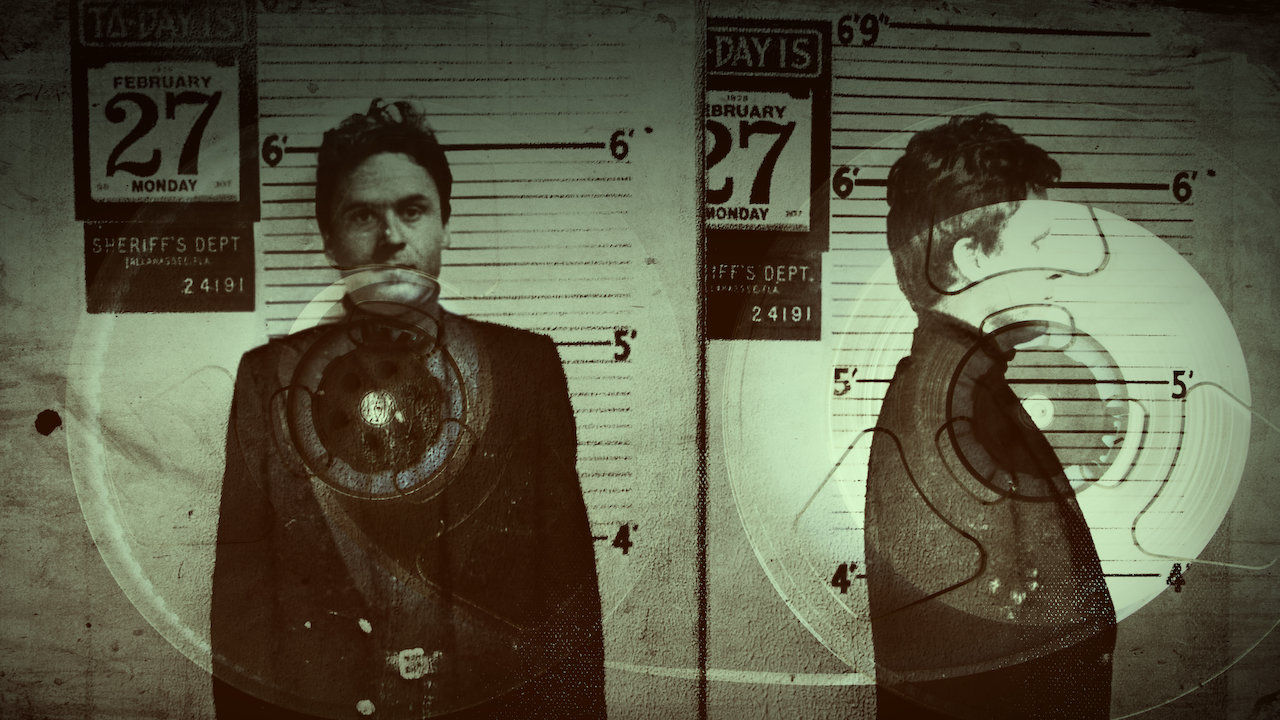
To better understand Ted Bundy’s Enneagram type, it’s useful to have a history of the actions that made him infamous. Feel free to skip this section if you’re already familiar with the story.
Ted was born in Vermont in 1946 to a young mother and an absent father. His mother nearly gave Bundy up for adoption, but his grandfather convinced his mother to keep her son. Bundy was brought up to believe that his mother was his sister and his grandparents were his parents. He learned the truth around ten years old after seeing his birth certificate.
Bundy described his childhood and family life as typical, but his grandfather was known to be abusive and psychotic, and several family members hypothesized that Bundy was the result of an incestuous relationship between his mother and grandfather (although this has never been proven). Bundy would state in later interviews that his parentage and illegitimate status was a source of great shame.
Bundy did well in school but described himself as a loner who wasn’t very well-adjusted socially. He got good grades, but began seeking out magazines depicting violence against women in sexualized ways. He was caught acting as a voyeur, peeping in girls’ windows at night. Minor arrests for suspicion of burglary and car theft were removed from his record when he reached 18 years old.

Bundy pursued various interests in college (including Chinese, law, and politics), transferred schools, and went on academic hiatus several times. It was in college when he got his first serious girlfriend, Stephanie Brooks , who he was drawn to because of her “higher status,” as she came from a wealthier and more established family. After a year together, Stephanie broke up with Bundy because he seemed like he wasn’t serious enough about his future.
Incensed about this rejection, Bundy went to work on himself and re-enrolled in school to pursue a psychology degree. Ann Rule, who later wrote one of the most famous books on Ted, met him while they were both volunteering at a suicide crisis hotline at this time. With his honors status and volunteer activities, Bundy concocted a plan to become so objectively successful that he could get in touch with Stephanie, convince her to start dating him again, and then dump her to get revenge . It was around this time that he started dating a woman named Elizabeth Kloepfer, who he’d be with until the mid-70s while he was committing his murders.

Ted graduated in 1972 and started working on a Washington governor’s reelection campaign. After applying and being accepted to law school, he reached out to Stephanie to execute his plan of getting her to fall in love with him and then break up with her. It worked. While simultaneously dating Elizabeth and Stephanie, he proposed to Stephanie and then within a year abruptly stopped communicating with her in 1974. He never gave her an explanation, and later said “I just wanted to prove to myself that I could have married her.”
After he got his revenge on Stephanie, Bundy seemed to lose interest in law school, eventually dropping out. It was around this point that he started committing murders.
Ted was notoriously unforthcoming with the facts of his crimes, manipulating law enforcement by withholding information to try to buy leverage in his cases. The exact number of victims is still unknown but is at least 30. Rather than discuss every case in chronological order, we’ll instead describe Ted’s general style and the patterns that the cases shared.
Ted targeted young, attractive, Caucasion women who tended to have straight brown hair that was parted in the middle. He would approach them either in isolated places (often including picking up hitchhikers), in which instances he’d be violent from the start, or in semi-public places, where he’d employ charm and manipulation to get the victims under his control.
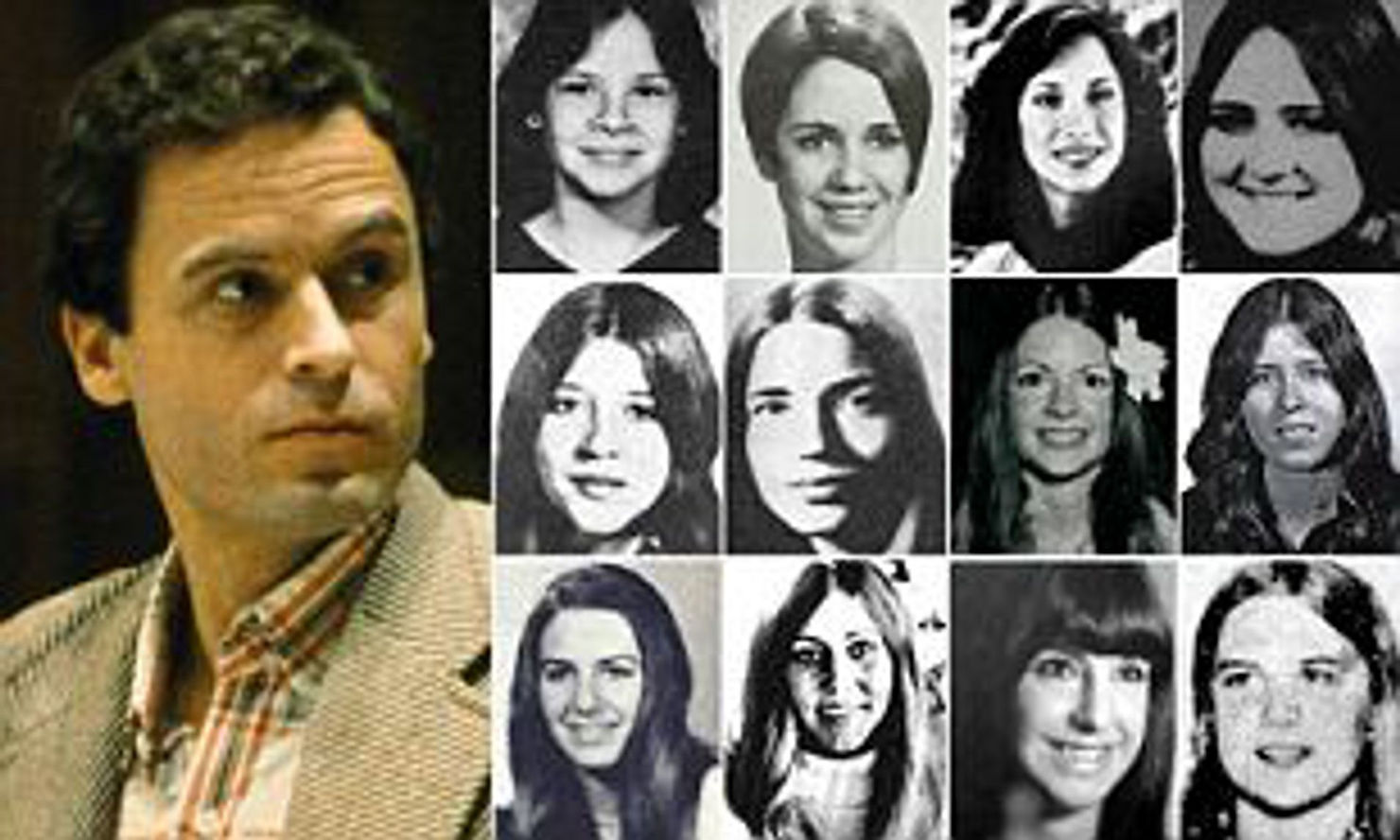
Sometimes he’d wear a cast on his arm or use crutches and pretend to be injured to give the illusion that he was harmless. He’d set himself up where women were likely to walk by, then pretend to struggle with a heavy package and wait for them to offer help. He’d also pretend to be a police officer and take advantage of the authority inherent in that role. He later stated that he was often drunk when he’d act.
Once the victim was under his control, Bundy would tell her to get undressed and then rape her. Then he would panic after the sexual element of the crime was finished. He described killing most of the women because it was the safest way to ensure that they wouldn’t tell anyone what happened and lead to him getting caught. Despite many of the bodies being mutilated and most murders being savage and drawn out, such as through strangling, Bundy insisted in a detached manner (using the third-person to describe himself) that he didn’t kill to inflict pain: “He received no pleasure from harming or causing pain to the person he attacked. He received absolutely no gratification from causing pain and did everything possible, within reason – considering the unreasonableness of the situation – not to torture these individuals, at least physically.”
He would often transport bodies in his 1968 Volkswagen Beetle, which he drove in part because of its unassuming and friendly appearance. He liked to leave bodies in national parks and woods where wild animals would consume them and “do his work for him.” In his final interview less than twelve hours before his execution, Bundy finally admitted that he was a necrophiliac, sometimes decapitating victims’ heads, taking them with him, and putting makeup on them.
One intended victim, a woman named Carol DaRonch, escaped Ted’s clutches during his attempt to abduct her. He was pretending to be a police officer, complete with a costume police badge, and told her to get in his car to go to the station after he allegedly saw someone attempt to break into her car. Her anxiety grew as he took a strange route. Then he tried to handcuff her, getting only one handcuff on her wrist before she jumped out of the car, fought him off, and flagged down a passing car. Her descriptions of Ted, his behavior, and his car all proved critical in his later capture.

Ted’s many murders crossed several Northeastern states across many years. Law enforcement departments didn’t have efficient ways of communicating across state lines, and their lack of organization allowed Bundy to continue to get away with murder for years before they realized that one person was likely committing all of the crimes. They developed a suspect list based on the name “Ted,” the Volkswagen Beetle, and other identifiers. Before they could catch him, however, a Utah state police officer pulled him over for suspicious behavior and noticed a collection of unsettling objects, including a ski mask, ice pick, rope, and handcuffs. Detectives remembered Carol DaRonch’s description and immediately noticed the similarities.
Without enough evidence to hold him, officers kept Bundy on around-the-clock surveillance. They also interviewed his girlfriend Elizabeth, who had sent in a tip that she believed her boyfriend sounded like the “Ted” they’d been looking for. The red flags she’d noticed included his collection of women’s clothing from unknown sources, a pair of crutches despite him never having an injury that would require them, obviously stolen electronics, and various weapons, including a meat cleaver.
He sold his now recognizable car, which the police seized and examined for evidence. They found hair strands matching multiple victims. Then after Carol DaRonch picked Bundy out of a lineup, he was charged and convicted with aggravated kidnapping and attempted criminal assault. He received his first jail sentence. Meanwhile, police rushed to find more evidence to tie him to the many murders that they now were virtually certain he’d committed.
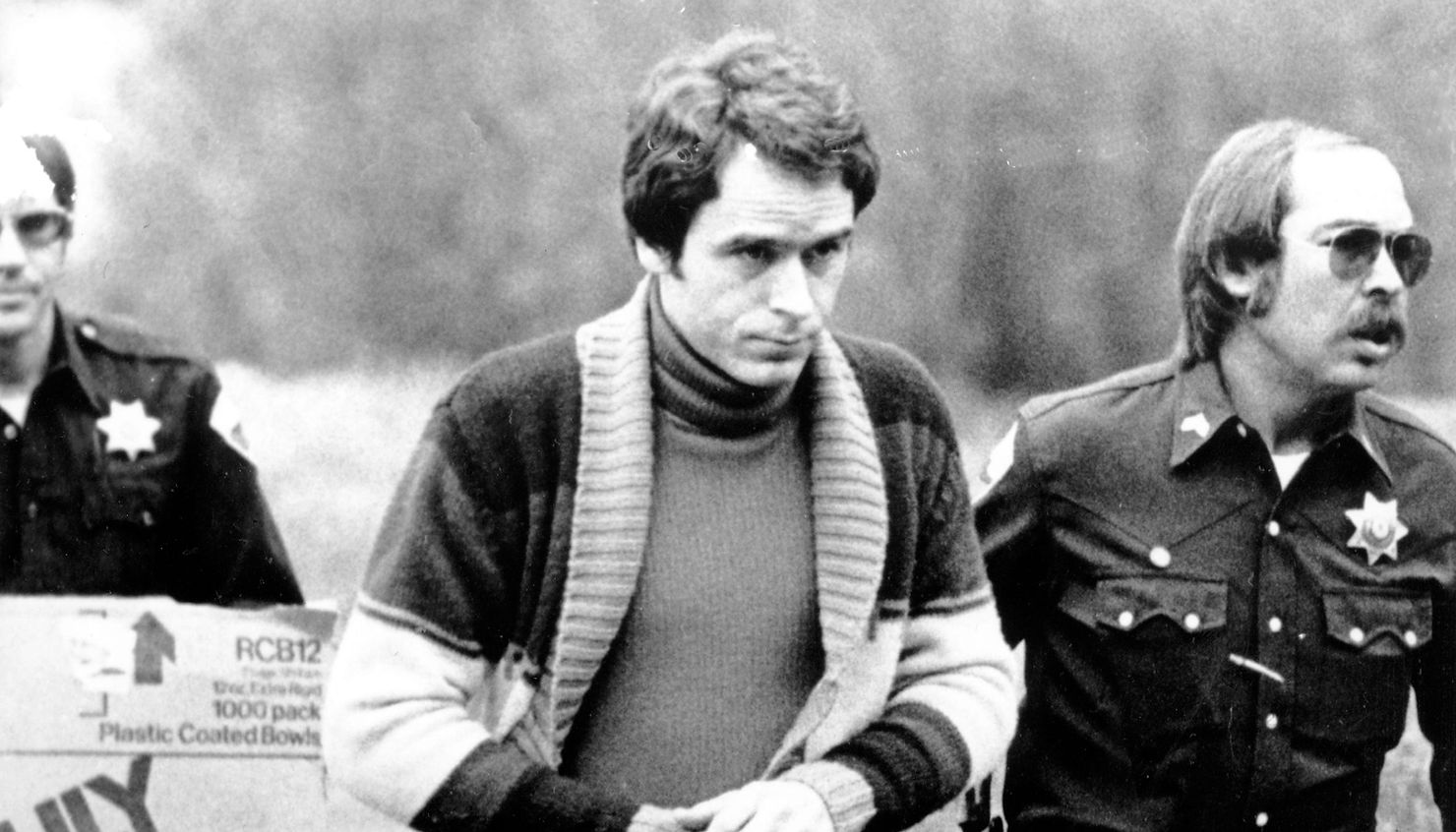
Ted began to gain notoriety for multiple reasons, not only the vast number of murders he was accused of committing, but for several successful prison escapes and for his courtroom antics. He began to get a reputation for being a diplomatic chameleon, someone intelligent and poised who seemed to be able to talk his way out of nearly anything. He’d represent himself on the stand at times, and his theatrical mannerisms attracted (against all odds) female admirers.
In the midst of one of his prison escapes, Bundy broke into a sorority house in Tallahassee Florida and savagely attacked several of the women while they were asleep in their beds. He then fled and went on a rampage across Florida, attacking and killing several more victims, before police apprehended him in a car chase. His car contained photo IDs from female students at the sorority he’d attacked, plus multiple disguises and stolen objects.
The publicity around Bundy reached a new high as he was tried for this new set of murders in 1979. It was the first nationally televised trial in the United States. Bundy played to his audience, never admitting guilt or accepting plea deals that would have incriminated him. He even used a little-known Florida law that allowed someone to get married by making an open declaration in court, which he used to marry a woman named Carole Anne Boone during his trial. Boone later had Ted’s daughter, the result of an illegal conjugal visit.
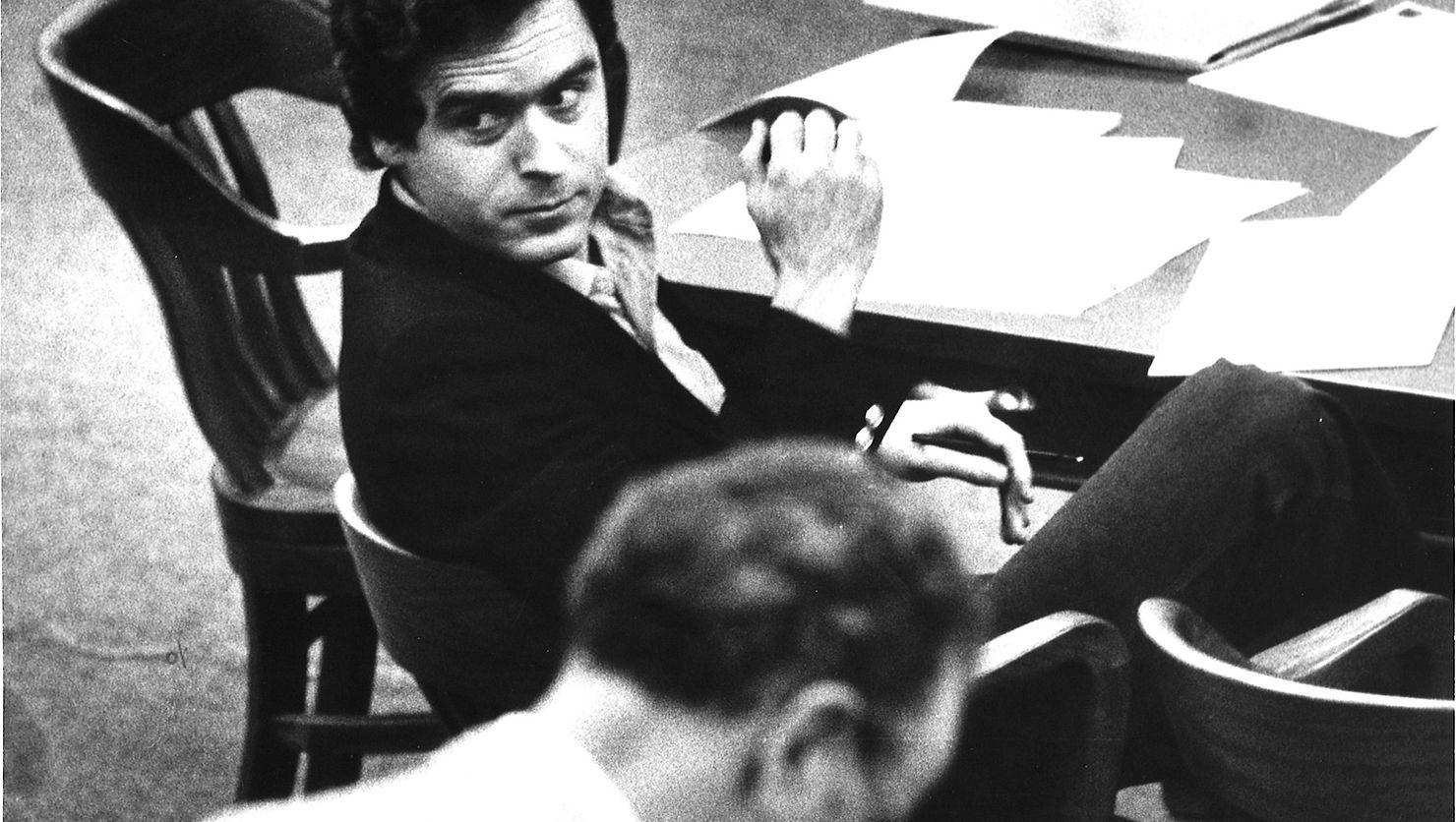
Ted was sentenced to death by electrocution three separate times. While fighting various appeals, he had lots of publicity and spoke with law enforcement, psychologists, and other professionals. He spoke with Stephen Michaud and Hugh Aynesworth, a reporter and investigator respectively, on a potential book that aimed to get inside the mind of a killer. Their conversations spanned years and are the most well-known series of interviews with Bundy.
It became clear that Bundy’s commitment to speak truthfully about his past actions wasn’t going to happen. His refusal to incriminate himself, along with his desire to come across looking positively, kept him engaged in lies and subterfuge. But despite these interviews not leading to the tell-all book they hoped to write, the authors pioneered an interview technique that produced great insight into how Bundy thought and gave more details than anyone had acquired about his crimes until that point: the third-person description.
The interviewers realized that Bundy was a dead end when discussing anything that could potentially implicate him with guilt. However, they found that by asking him to describe a hypothetical killer with a similar mindset to the person who committed these murders, Bundy would open up at length. He couldn’t legally get in trouble for describing this hypothetical third person. Here’s an example of how Bundy would use the third person in these interviews:
“He has no hatred for women; there is nothing in his background that happened that would indicate he has been abused by any females. The only explanation would be that there is some kind of weakness that gives rise to this individual’s interest in the kind of sexual activity involving violence that would gradually begin to absorb some of his fantasy.”
Bundy further distanced himself from blame by describing this hypothetical killer as having two parts: the “entity” that craved violence and needed to be appeased, and the rational, successful, public-facing part that needed to protect the individual from getting caught, and would tell itself after each murder that it would be the last one.
Even though it was obvious that Bundy was talking about himself, he’d never admit it. One of the interviewers said to Bundy during their final session, “I’ll have to admit, that despite what your original intentions (were), you’ve given us considerable insights into a killer’s mind. You can always say you are innocent, but there are those who will know you are talking about yourself.”
Several years later, after he exhausted all of his appeals and less than 24 hours before his execution, Bundy finally confessed to several of the murders and gave the location of bodies to law enforcement. He maintained the third-person speech pattern while doing so. He also admitted to engaging in necrophilia, which he hadn’t ever mentioned previously. Even so, he still hinted at other murders and body locations, trying desperately to gain leverage that he could translate into more time alive. It didn’t work, and he was executed on January 24, 1989. Crowds outside danced and celebrated at the news.
The profile of the low-health Three
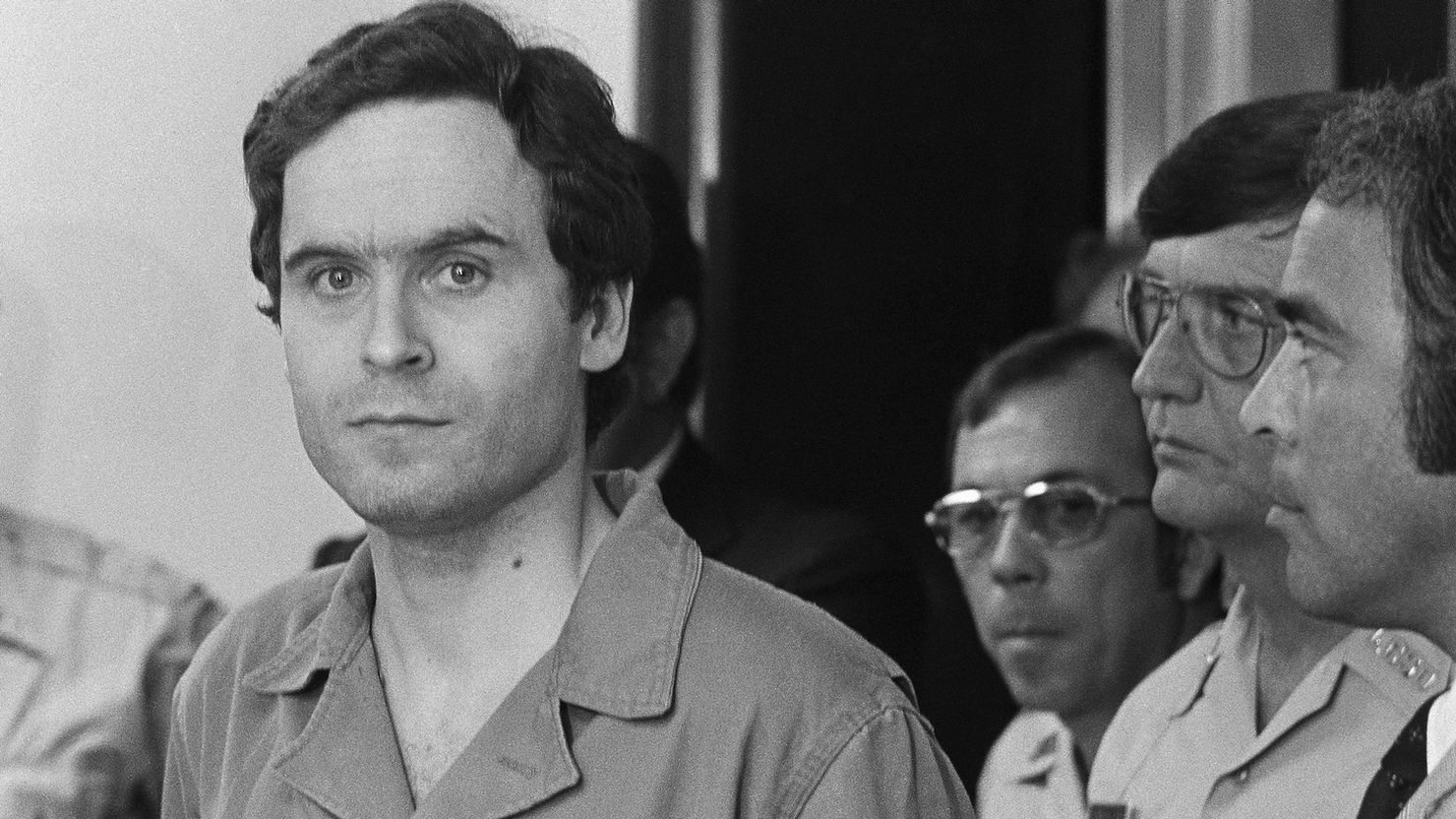
According to the Enneagram, every person’s type stays the same across their lives. However, one may act out the best or worst versions of that type, depending on how much physical and emotional stress they’re under. Someone who’s under extreme stress is considered “low-health” in the Enneagram. Although every type in high health is an exceptional person, every type in low health is the opposite, representing the worst potential of that type.
Threes at the lowest level of health are sociopathic and malicious, while clinging to the delusion that they are still successful, high-value people. Yet they realize that that many people now see through the facade they’ve constructed. It makes them feel that they’ve been discovered as frauds, which gives them nothing left to lose. At this point, they’d rather have notoriety than no fame at all (like we see with Bundy’s attention-seeking courtroom behavior), and they lash out at anyone who makes them feel inferior. It is easy for them to detach from their horrendous behaviors because they lack empathy.
Bundy was unequivocally obsessed with his image, but the way that he casually mentions that “it’s so bad anyway” suggests that he’s adopted the mindset of “if you can’t be impressive, be notorious:”
“I’m not really concerned about my image; it’s so bad anyway. I mean, the media image. I know who I am, what I am, and know where I’ve been, and hopefully, I have some idea about where I’m going. I have absolutely no desire to relate to people or impress people or project myself to people at all. . . that’s not it.”
There is sometimes a gendered and sexual orientation-related element to the low health Three because of their fixation on their own desirability and inability to handle rejection, which fits Bundy closely. Bundy, a heterosexual male sociopathic Three, targeted female victims on whom to act out sadistic fantasies. It’s a mentality that says, “Before you can act like you’re better than me or you reject me, I’ll hurt you.”
Fear of the void
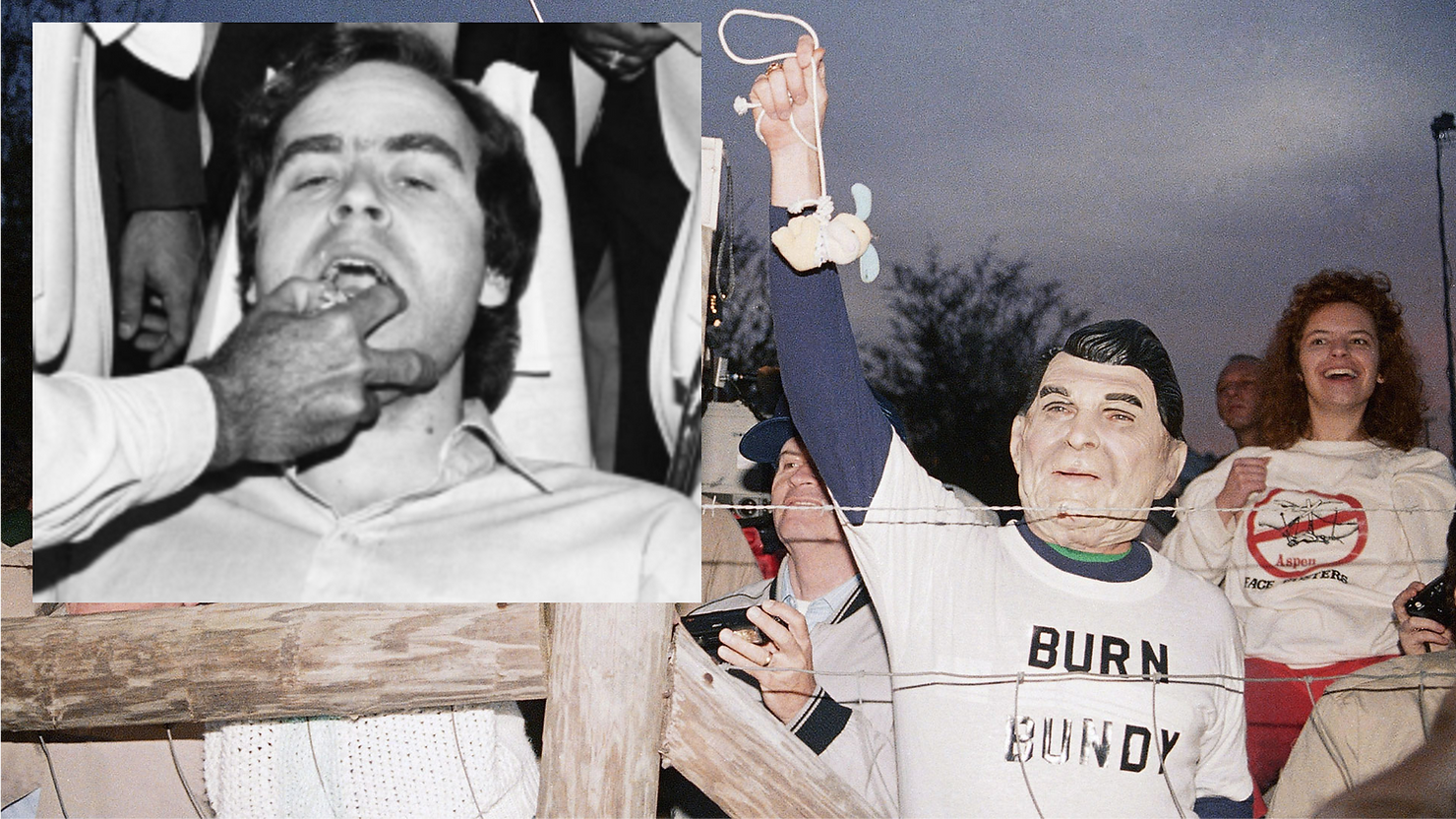
Threes have a core fear of being worthless or without inherent value. Achievement for Threes equates to worthiness, so they push themselves to always be working, improving, and productive in a race to escape the emptiness that they fear lies underneath their victories. They are afraid that once someone strips away their achievements (or notoriety, in Bundy’s case), there’s nothing of substance left at their core.
Bundy brought up the idea of the empty void at the center of himself multiple times in his interviews. Following his typical path of denial and subterfuge, he mentioned it and then denied it existed:
"I don’t think that anyone could say that I’m crushed and defeated and empty – and that I’m sinking deeper and deeper into compulsive madness.”
“I don’t know what your opinion of me is – and it really doesn’t make any difference. I mean, not your opinion but your observations, as to, you know, if I’m an empty shell, ashes inside, uh, uh. . . going deeper and deeper into some emotional morass or some madness, or whatever.”
[Talking about Ann Rule] “She wants to adopt this theory that I’m just ashes inside – no conscience, just a shell.”
“We’re not dealing with a psychopath or an antisocial personality. We’re not dealing with a hollow shell or somebody who is a manipulator, uh, per se.”
It seems like Bundy is engaging in the defense mechanisms of denial and projection here: he worries that there’s a void inside him, yet he suggests that others say so and then resists that characterization.
Success orientation
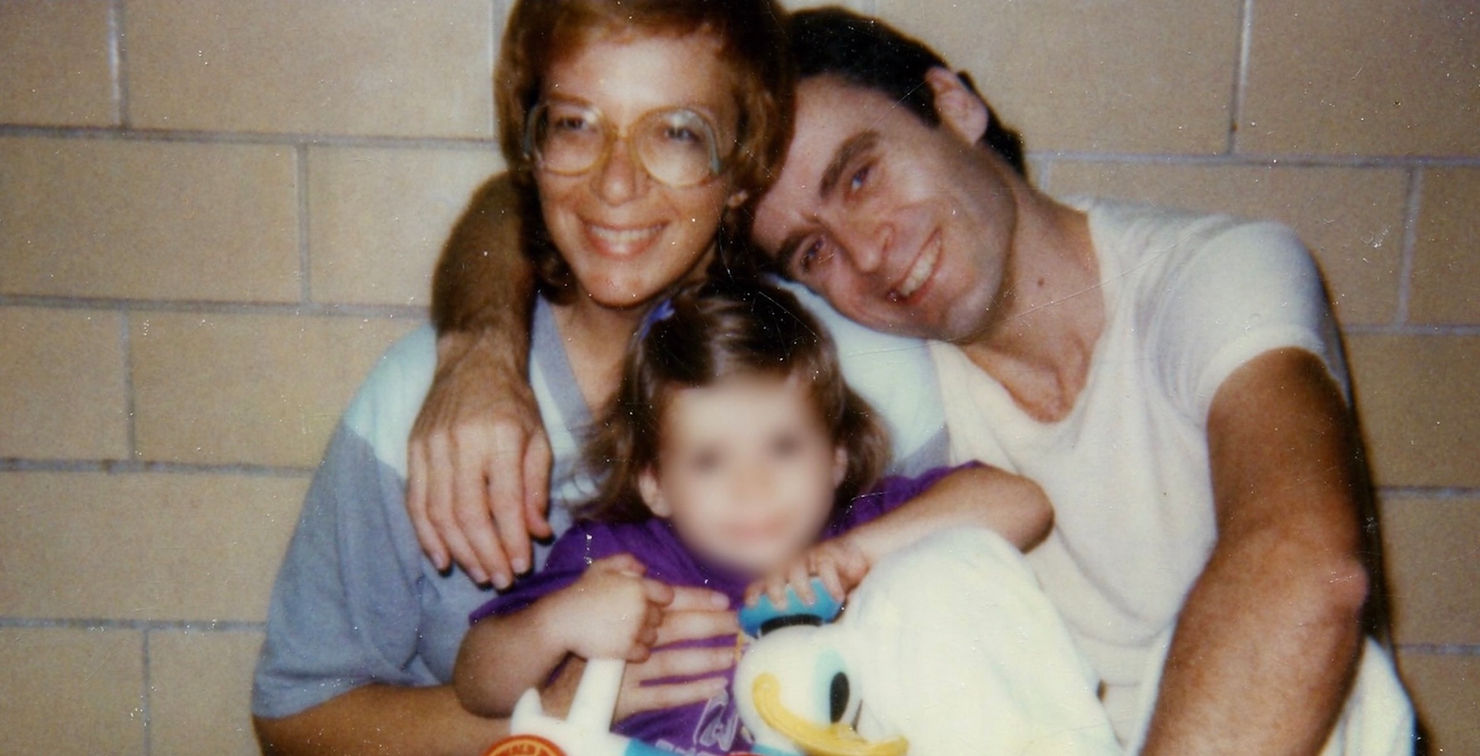
Threes want to be valued by those they see as significant. Although everyone likes to be successful, no type craves achieving the value that comes from success as much as Threes do. Threes want to win, especially in the areas that society and the people they respect deem important.
Although Bundy ended up being best known for catastrophic failures and psychopathic behavior, he still sought out traditional avenues of success in his life: getting good grades, associating with popular people, being involved in high-profile political campaigns, and getting accepted to law school.
He was drawn to his first girlfriend, Stephanie, because she had a high “pedigree.” He described her as "Beautiful dresses, beautiful girl. Very personable. Nice car, great parents." Being with her, he felt, elevated his own status. Bundy later used achievement as a weapon against Stephanie when he bolstered himself with success to get her back, only to break up with her to inflict pain.
Threes’ need for achievement can cause them to be jealous of what others have. Bundy describes how he envied the kids who were better off in his town:
“There were all kinds of things happening to me mentally. I felt inferior, in part because of the money thing. My family didn’t have money problems per se, but I was always envious of the kids who lived in all those brick houses where the executives and doctors lived. I felt kind of deprived, at a disadvantage to those people who had the money, the successful parents, all the goodies.”
“I was watching these people – these people who had real lives, backgrounds, histories, girlfriends, husbands and families. Who were smiling and laughing and talking with each other. Who seemed to have so much of what I wanted!”
Even his criminal side was drawn to achievement. He kept Polaroids of his victims as trophies. According to one of his defense attorneys, Polly Nelson, “His murders were his life's accomplishments.” He relished his fame in prison and loved being the most well-known inmate with the most visitors and mail, as he described here: “I got so much publicity and so I have a very high profile. And people tend to think about me a lot more than the others back there. . . those who are virtually nameless, without publicity.” Later he said, “I always knew there was this tremendous interest. Not in me, particularly, but in that monumental question, “What is a Ted Bundy?”
Adaptable to a fault
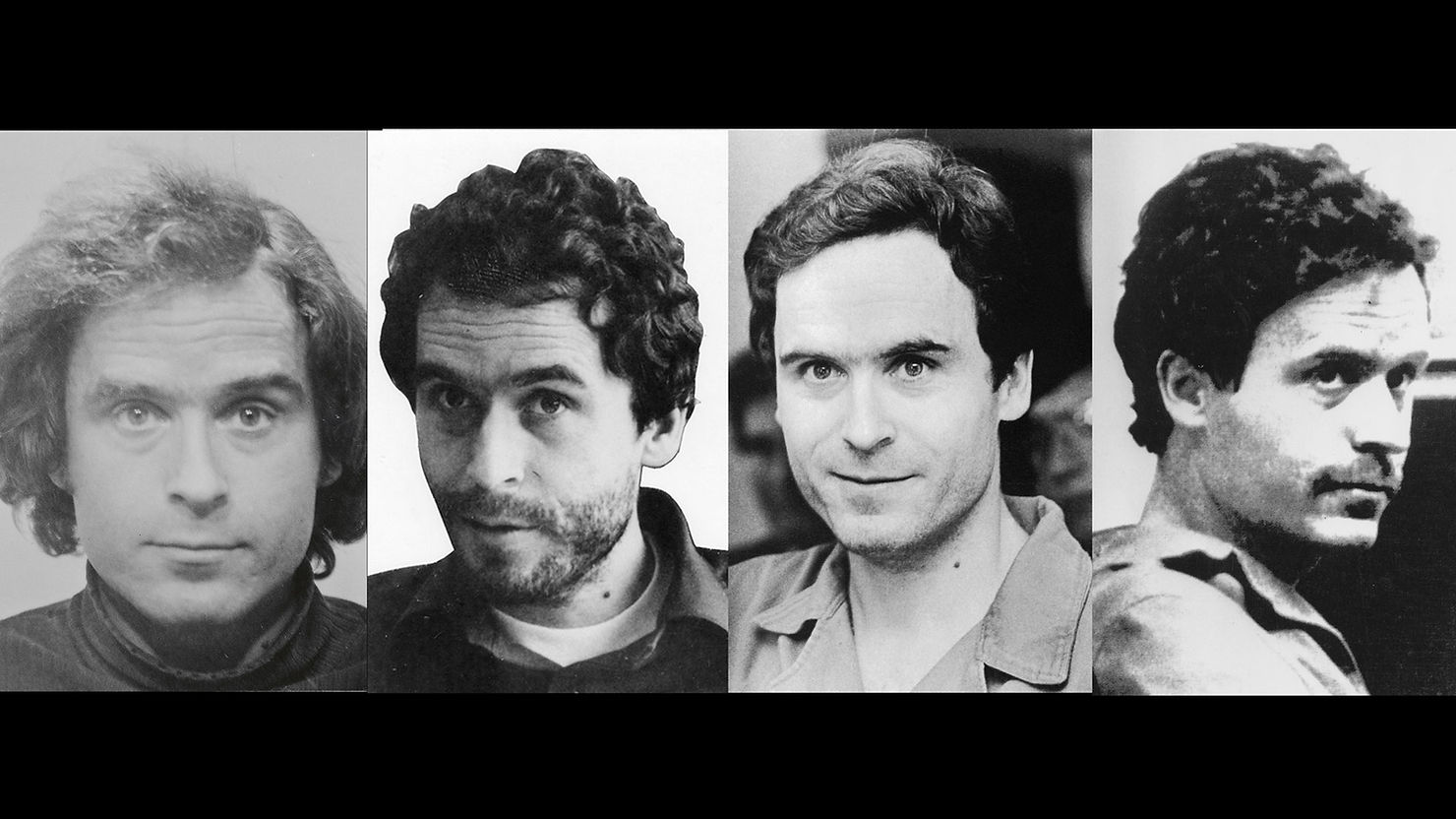
Threes are known for their adaptability. They know what others want and can morph themselves to provide it or become it. Whether making a sale or impressing a date, Threes are known for being skilled persona-shifters. It can even extend to their physical appearances, as Threes can draw attention to their best features and minimize their flaws. Think of famous Threes like Madonna, who’s known for constantly reinventing herself.
One of the most salient characteristics of Bundy was his ability to change his appearance completely. The interviewers said, “Even without the disguises and masks Ted used, he looked different in just about every photo taken of him.” He could make himself look utterly forgettable to blend into a crowd, strikingly handsome to appeal to victims, vulnerable and low-risk with the use of casts and crutches, and like a completely different person while on the run.
Bundy also described having periods of depression when he was younger, which he was able to mask through his shape-shifting skills: “It became a part of my character, of my facade, that I would conceal these periods of inactivity, as it were. It’s really a combination of being inactive, with no motivation or direction. I became an expert at projecting something very different.”
Delusion and deception
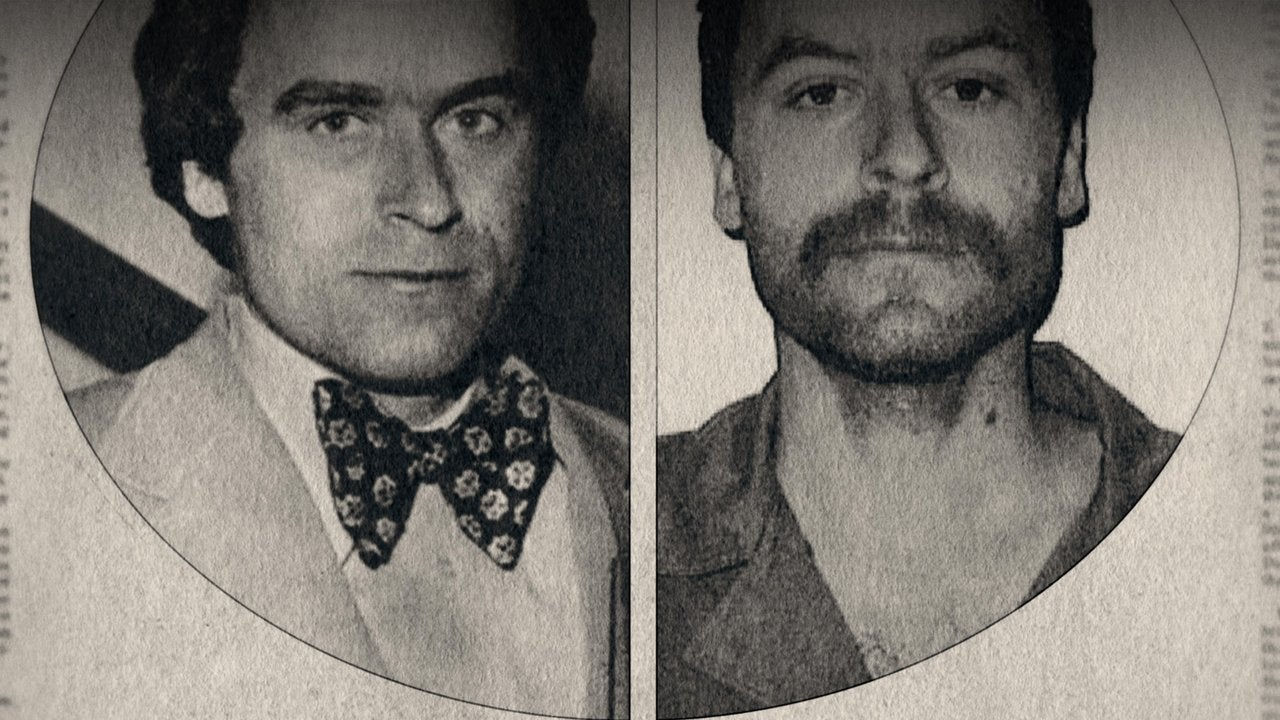
Threes avoid negative feedback, public humiliation, and situations where they can’t control their image; they’ll rarely admit if things aren’t going well, sometimes not even to themselves. Failure is simply not an option because it risks destroying their entire sense of self. Threes who go to great lengths to avoid looking like failures often end up engaging in monumental acts of delusion.
Bundy’s refusal to take ownership for the atrocities he committed for many years was delusional and deceptive. He’d never admit guilt, both because he didn’t want to put his criminal cases at risk and because he had too much pride around his image. For example, many of his defense lawyers believed he had a strong insanity defense that could save him from getting the death penalty, but Bundy was too narcissistic to use it:
“I wouldn’t have anything to do with an insanity defense. I mean, I did everything I could to stay away. I was strongly opposed to even, you know, even considering the idea because I knew I wasn’t crazy. I know I’m not crazy! Insane, incompetent, or anything else.”
His refusal to admit guilt was so consistent and lasted for so many years that his wife, Carole Anne Boone, believed that he was innocent until the moment that he finally confessed, twelve hours before his execution. It took him being trapped and devoid of options to acknowledge what so many people already knew: he was responsible for the deaths of at least 30 women and girls. His willingness to discuss his cases in a third-person, hypothetical manner to avoid implicating himself is itself a brazen form of deception.
He always had an excuse to explain away obviously incriminatory evidence. Why were the hairs of multiple victims in his car? The police had planted them! Why did Carol DaRonch pick him out of a lineup? Because she’d seen him on the news and her perception was tainted! Bundy never did anything wrong, at least according to him. And even if he did do it, he could push the blame elsewhere. Targets of his blame included TV programming for “brainwashing him” into stealing, pornography for “corrupting” him, his abusive grandfather, alcohol, and society as a whole.
In one stunning moment in an interview, Bundy even blamed his longtime girlfriend Elizabeth for the problems in their relationship: “...while I’m not trying to fix blame and I have understood totally what has occurred between Liz and I over the years, it was Liz on at least two occasions that went out with other people while we were dating. I don’t call that humiliation, necessarily, but it has a profound effect on me.” Bundy had the audacity to point the finger at her for their troubles, while he’d raped and murdered dozens of women during the same time frame.
Always winning, always positive

Each Enneagram type has a tendency to view the world in a certain way, both in terms of time (looking mostly to the past, present, or future) and positivity (thinking negatively, realistically, or positively). Threes are future-oriented and positive thinkers. They tend not to dwell on the past, focusing instead on how to succeed at what’s ahead, and their optimistic mindset leads them to believe that they will win at it.
When asked whether he thinks about the past, Bundy said: “whatever I’ve done in the past, you know – the emotions of omissions or commissions – doesn’t bother me. Try to touch the past! Try to deal with the past. It’s not real. It’s just a dream! In fact, it’s as real as the future.” Whenever he killed someone, he’d act as quickly as he could to dispose of her, then move on to his next conquest.
Threes have a way of airbrushing failure into success, shifting their narratives and mindsets so that losses become wins. Bundy does this when describing how he is doing “better than ever” on death row:
“I’m in the best possible shape I could be. Well, I mean, uh, for someone here in prison and living on Death Row. I’m always making improvements – and you can put that in quotations. I feel good about me. I feel that I’m doing the right things and moving in the right direction. I’m doing as well as I could’ve ever imagined myself doing.”
His actions tell a very different story, given that he made multiple escapes (and even more attempts) and fought as hard as he could to regain his freedom.
He insists that the stress of his life for being a convicted mass murdered is actually a good thing, as it’s helped him evolve into a better person. It’s another example of positive thinking at work to delude the self: “As a result, I find that the pressures on me have actually permitted me to enter into a period of growth – for whatever value that has for me.”
Threes are in the Feeling triad because they tend to minimize or be out of touch with their emotions, especially negative ones that get in the way of their ability to function well. Threes are driven by their avoidance of feelings, yet reject that that’s the case. Bundy said about guilt that:
“It’s this mechanism we use to control people. It’s an illusion. It’s a kind of social control mechanism – and it’s very unhealthy. It does terrible things to our bodies. And there are much better ways to control our behavior than that rather extraordinary use of guilt.”
“I don’t feel guilty for anything! I feel less guilty now than I’ve felt in any time in my life.”
Subtypes and wings: why the Four wing and not the Two wing?

Once again, here are both Three subtypes for comparison:
3w2
The Charmer is alluring, engaging, driven, self-assured, chameleonic, performative, image-conscious, self-promoting, and hostile. They are charismatic and personable, but can be grandiose and spiteful.
3w4
The Professional is success-oriented, efficient, suave, diplomatic, persistent, competitive, impersonal, dismissive, and arrogant. They are industrious and high-achieving, but can be pompous and deceitful.
One of the first words that people often use to describe Bundy is “charming.” Since the Three with the Two wing is—literally—the Charmer, it’s easy to assume that’s his subtype . And there are certainly aspects of both subtypes that seem to fit him. But analyzing beyond this surface-level trait shows that it’s much more likely that he’s a Three with a Four wing, also known as the Professional.
Because their base type is both Three, both Charmers and Professionals are socially-skilled people who are goal-oriented and achievement-focused. But one of the clearest differences between the two is the “temperature” of their personas: Professionals are cool, whereas Charmers are warm. Both can project warmth when they want to because they’re gifted shape-shifters, but who they are most of the time, even when no one else is looking, is what’s relevant.
One of the interviewers told Bundy: “You give people a feeling of being very cold, calculating, mocking. Cold hearted, very methodical.” Bundy himself said he was “the most cold-hearted son of a bitch you'll ever meet.” He was smiling and enthusiastic when the cameras were on, which is how most people have seen footage of him, but the majority of his life was spent in a cold, calculating drive to appease his “entity” while appearing important on the outside.
The methodical, driven, depersonalized, and arrogant way that he killed people and compartmentalized his life aligns with a low health Professional, too. Charmers tend to have many friends and be more focused on social engagements, while Ted said about himself that “I am really a private person. I have very few close friends.” He had plenty of associates, but when asked, those people said they didn’t feel like they really knew much about him. Other than two long-term girlfriends, he kept others at a distance so that he could continue to kill without being bothered. “It is clear now, I think, that a huge part of my life was hidden from everyone – secret, as it were. It didn’t take much effort at all.”
His preoccupation with both personal introspection and individuality also suggest that he has a Four wing. The Four is concerned with discovering one’s true self and being unique, among other characteristics. The fact that Ted could speak in depth—to the tune of thousands of hours of letters, recordings, and interviews—about his theories about his own personality fit well with a Four wing. Here’s one example of him pontificating on identity:
“I may have acted defensively in the past or manifested that kind of need to defend myself. That’s, you know, the nature of the ego. One of the things wrong with this society is that everyone is trying to protect or nurture egos; our little false beliefs of having an identity that is separate from everything and everyone else.”
Bundy comes across both eager to be understood and resistant of being too understood, continually asserting that no one knows the real him:
“It’s part of creating the myth of Ted Bundy – which is separate and distinct from my reality.”
“I’m just not. . . the Ted Bundy they’re reading about. They don’t know me. They don’t understand what I’m getting at. They think I’m crazy. They have no idea what I’m like. I don’t care. I really don’t care.”
He says that he doesn’t care if he’s misunderstood, but after spending much of his life behind bars dedicated to the pursuit of self-understanding and cultivating his identity, he clearly does. During their final interview with him, the Michaud and Aynesworth comment on how much Bundy seemed to enjoy self-examination:
“You enjoyed talking out some of your thoughts, and you didn’t have much outlet for that kind of self-examination inside these walls. And I think you always considered yourself so smart, so wily, that – at least in your mind – you always thought there was a chance the book could make you look good.”
“...he never seemed to stop striving for a fuller, more comprehensible explanation for who he was and why he had become a killer.”
The combination of identity and image-cultivation that they describe in the above quote is a nearly perfect representation of the Three with a Four wing.
The Four wing’s influence would contribute to Bundy’s view of himself as a constant work in progress, a person whose identity is always in flux yet always improving, as he says in this quote:
“...if I were to describe myself, okay, or as I perceive myself to be. . . and not necessarily in order of importance. . . I would, ummm, I would have to say that I am a person who is constantly changing, but not in a state of flux, not in an unstable mold.”
Whenever the interviewers attempted to categorize Bundy, he resisted and fought to preserve his uniqueness and individuality:
“You don’t use the labels, you don’t. . . you can’t adopt whole the models we’ve developed from other studies. You have to approach each individual on a case-to-case basis, maybe gaining some insight from other case studies, but you have to test out those insights to see if they apply.”
Lastly, low health Professionals are known for being pompous and deceitful. Bundy was his own number-one fan, continually talking up his own intellectual prowess and taking pride in the fact that he “could have been a lawyer.” He saw law enforcement as beneath him and repeatedly mentioned how “stupid” and “useless” they were at catching him. One of his favorite pastimes was talking about how he routinely outsmarted the jailers and the general public during his prison escapes. Yet he saw higher-level psychological professionals and attorneys as his peers.
Of course, both Three subtypes are deceitful in low health, but Professionals have a detached, industrious quality to their lies. They compartmentalize to a level where it’s unclear that even they realize what’s true about themselves anymore. As one of the interviewers said about Bundy after spending countless hours with him, “You can compartmentalize better than anyone I’ve ever known!”

